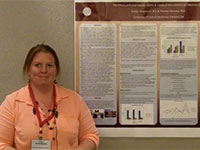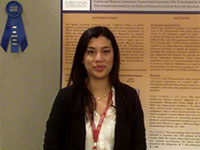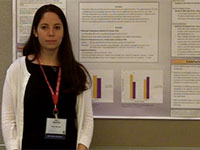Trust the Face or the Body?
Our study investigates the role of in-group out-group distinction in the relationship between face versus body cues and emotion recognition. The basic emotion model by APS William James Fellow Paul Ekman suggested that people recognize emotions based on faces. A recent study led by Hillel Aviezer of The Hebrew University of Jeruselem, however, suggested that people also identify emotional expressions based on contextual body cues. Our study goes one step further and investigates whether there is any variation in judging emotions from faces and bodies for in-group or out-group members.
We tested this by asking 66 Hong Kong college students to rate the valence and intensity of highly emotional images showing 80 Caucasian athletes and 80 East Asian athletes who had just won or lost. The results showed that in general, valence ratings based on body were more accurate than those based on face, and this pattern was more pronounced when individuals were judging out-group members. Although the students in our sample were more accurate in judging East Asian emotional expressions, this in-group advantage disappeared when body cues were taken into account. However, participants showed greater illusory facial affect for in-group members, indicating they believed they made their valence ratings based on faces. This facial affect was amplified for East Asian athletes.
This study is important because the results suggested that the in-group versus out-group distinction might be a major contributing factor to the role of face versus body cues as a tool in emotion recognition.
-Michael Chan
Chinese University of Hong Kong





APS regularly opens certain online articles for discussion on our website. Effective February 2021, you must be a logged-in APS member to post comments. By posting a comment, you agree to our Community Guidelines and the display of your profile information, including your name and affiliation. Any opinions, findings, conclusions, or recommendations present in article comments are those of the writers and do not necessarily reflect the views of APS or the article’s author. For more information, please see our Community Guidelines.
Please login with your APS account to comment.